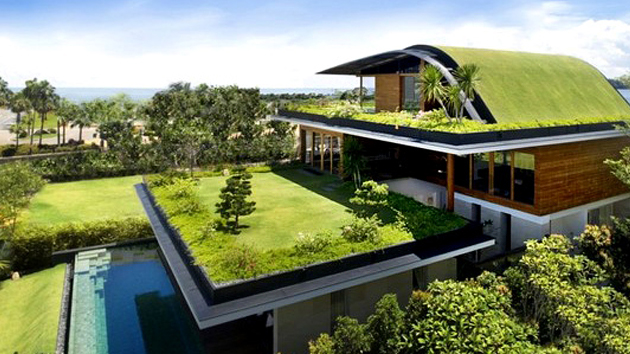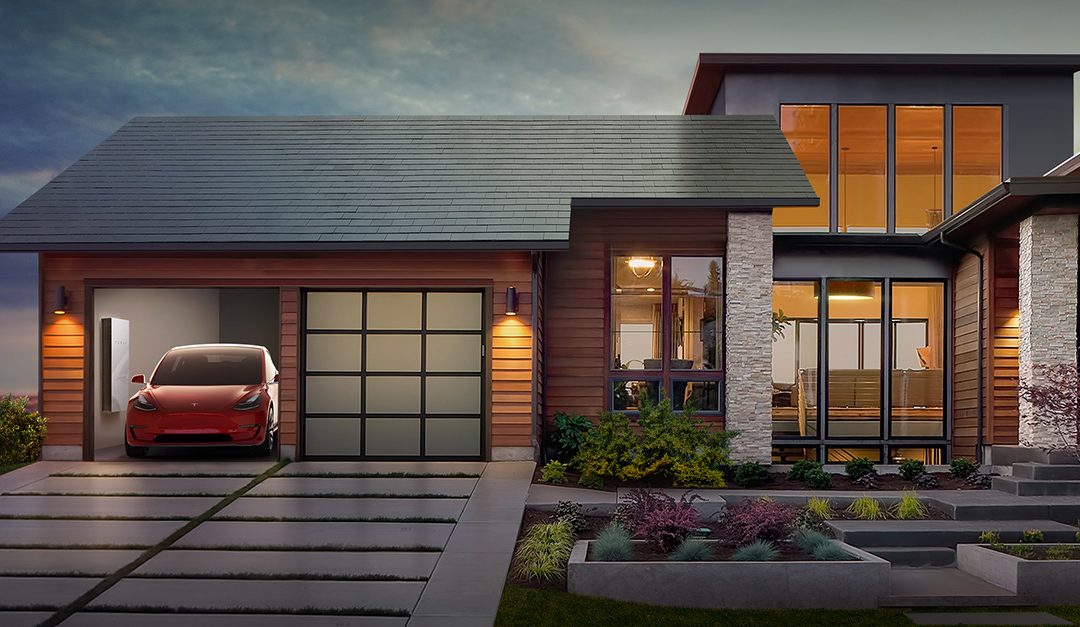Most people want to live more environmentally friendly lives: Quite apart from all of the divisive politics that surround the climate change issue in the public sphere, homes remain the touchstone of their lives and they’re looking for ways to transform them into lighter, cleaner and greener spaces. It’s not the data that’s driving them, so much as it is the discovery that simpler and more sustainable lives are attractive.
Technology is a big help – after all, there’s no reason to waste electricity when you can tell Alexa to turn off the lights, or have sensors that know there’s no one in the room. New construction incorporates many eco-friendly features, with California’s new law requiring solar power for residential homes as one example. It’s just the beginning of a resource efficiency wave that’s changing the way we live and work.
“Fortunately, there are lots of small and inexpensive steps you can take to keep your carbon footprint lighter too,” says Dan Kennedy, of Outdoor Solar Store. “For example, if you’re not ready for the significant investment to install solar panels on an existing home, look at the little changes you can make that decrease the energy you need from the grid. Installing solar lights on the porch and patio, or for motion-activated security, is a step toward the goal.”
Another option is to check out your options with your utility provider. Some companies – AEP, for example – offer all-renewable sourcing, or opt-in programs to support renewable energy certificates to essentially support the solar or wind power that’s in the utility mix. Customers can buy blocks of power that support clean energy sources, in amounts that equal a part or even all of the electricity they need.
An inexpensive programmable thermostat saves energy and money on AC during hot summer days, but so does the simple decision to use light-color curtains and keep them closed when the sun’s high to reduce solar heat gain. It’ll stay even cooler inside if you choose meals that don’t require cooking and heating up the kitchen too, and that’s easy with a fresh garden salad or a home-cooked dinner that’s warmed in the microwave. Mostly that requires being intentional and mindful about your plans, and that’s the key to all the eco-friendly changes you can make, whether you’re cleaning or doing laundry.
The important part is to do what you can. Maybe it’s not possible to install a pricey greywater system in your house to recycle the water from your shower or washing machine, but there are DIY options so that you can integrate some components. Installing a rain barrel on your gutter system can create a new source of water for your flowers, and even simple decisions about putting in rain gardens or improving the landscape grading of your home can put water in places where you need it and not where you don’t. Water the plants, fill the dog’s dish or find other uses for water that doesn’t need to go down the drain; it isn’t always so much what you buy or build, as it is the behaviors that follow more intentional thinking.
That approach extends to interior decorating products and home furnishings, with everything from low-VOC paints, to the fabrics and materials used to build furniture or make towels and bed linens. It’s not just function either: Using cloth napkins instead of tossed paper, real coffee cups and dishes instead of disposable Styrofoam, and tableware instead of plastic is an easy upgrade in quality of life experience. It’s more important than ever, now that recycling has become harder and isn’t the solution to all that plastic and paper anyway, but the real reason to avoid single-use stuff is because it feels so much better!
Sometimes, the smartest decisions you make when creating an eco-friendly home are invisible. That’s because they’re the products you don’t have and the purchases you never made. It’s true that none of your friends are ever going to come over and admire the state-of-the-art projection TV that you never bought, but consumption is the elephant in the room when it comes to creating a sustainable life and electronic waste – our smartphones, our computers, our entertainment systems – all goes somewhere in the end. Unfortunately, these days there’s even concern that its traces are ending up in your food.
Less is usually more, and while no one ever really notices the absence of things, you always know the choices you’ve made about the home you love. It’s worth the time to create an ecofriendly space too.
This year, Earth Overshoot Day is on August 1. That’s the day when the global population’s use of resources exceeds the planet’s capacity, meaning we’d need 1.7 planets to live our lives the whole year. With developed consumer countries like the United States, the date would be March 15 if everyone on the planet used the resources we do. There’s much we can do to change that, creating beauty and wellness by making smart choices (without fearing bleak lives of austerity and privation!) as we right-size our lives, our communities, and the planet we all call home.



